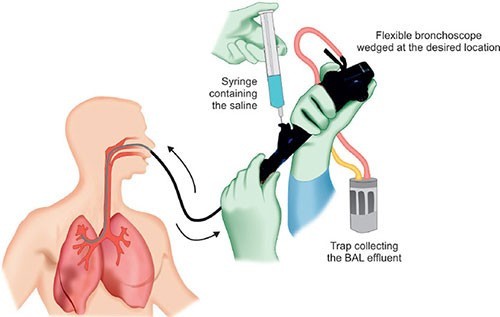1. The Influenza panel testing is a multiplex PCR test which detects the following:

A).Type A influenza virus
B).Type B influenza virus
C).Pandemic influenza A virus
D).Pandemic H1N1 and
E).Influenza A (H3N2)
2-The sample type is Nasopharyngeal and/or Oropharyngeal swab. Other respiratory samples such as tracheal aspirate /bronchoalveolar lavage/sputum can also be tested.




3-The turn around time of the test is around 8 hours.
4-The test is important so that the correct diagnosis and treatment can be started and spread of the virus can be contained.
A flu panel test is a laboratory test that can identify the presence of influenza viruses in a patient's respiratory sample. This test is typically performed during the flu season or when a patient presents with flu-like symptoms.
There are two types of flu panel tests:
-
Rapid influenza diagnostic tests (RIDTs): These tests use a sample from a patient's nasal swab or throat swab to detect the presence of influenza virus. They can provide results in as little as 15 minutes, but their accuracy can vary.
-
Molecular tests: These tests use a sample from a patient's respiratory tract (usually a nasal swab or throat swab) to detect the genetic material of the influenza virus. Molecular tests, such as PCR (polymerase chain reaction) tests, are highly sensitive and specific, meaning they are very accurate in detecting the presence of the virus.
Flu panel testing can help diagnose the flu and differentiate it from other respiratory illnesses that have similar symptoms, such as the common cold. The test can also help identify the specific strain of the influenza virus, which can help public health officials track outbreaks and make informed decisions about vaccination and treatment strategies.
It is important to note that while flu panel testing can be helpful in diagnosing the flu, it is not always necessary. In many cases, healthcare providers may be able to diagnose the flu based on a patient's symptoms and medical history, without the need for testing. Additionally, not all patients with flu-like symptoms require treatment with antiviral medication, which is the main treatment option for the flu. Antiviral treatment is usually reserved for patients with severe symptoms or those who are at high risk for complications from the flu, such as young children, older adults, and individuals with certain medical conditions.


No comments yet